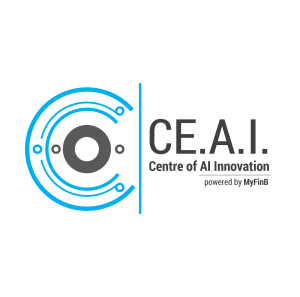Interest in no-code technology rising in pandemic as cos rush to create easier apps for customers
Indian IT services providers are seeing increased traction for low-code, no-code technology solutions, as clients look to build and customise their own applications.
Low-code, no-code solutions are ones that do not require coding to build an application. They allow non-technical professionals, or citizen developers, to quickly build apps through simple drag and drop features and user-friendly layouts. According to industry experts, the Covid-19 pandemic heightened interest in low-code, no-code technology as companies scurried to create digital applications for customers.
Businesses have started using such technology as non-technical executives, or citizen developers, are creating applications at a time when entire workforces have shifted to a remote working model.”What we’re seeing more and more is what we call low-code, no-code work. You see more and more automation, more machine learning, artificial intelligence. These technology elements are going to impact the business model, because the way they interact with clients is going to be automated, is going to be driven by artificial intelligence,” Salil Parekh, chief executive of Infosys, said at a Nasscom conference last week.
Tata Consultancy Services chief operating officer N Ganapathy Subramaniam told ET in a recent interview that such technology has been useful when “rapid prototyping is required” to demonstrate an application to a customer before deploying it across an organisation. “For the purpose of quickly showing something (to the client), you could use the low-code, no-code technology to quickly put together an app to say that, this is the way it (a given platform) could work. One can then refine it, use it and then see whether it can scale,” he said.
While such solutions are predominantly offered by technology leaders such as Microsoft, Amazon, Appian, Pega and ServiceNow, Indian firms like Infosys, HCL Technologies and Tech Mahindra are also building their own low-code, no-code technology. “Indian managed service providers usually partner with pure-play low-code, no code platform vendors as well as with the hyper-scalers that now also offer this capability. They leverage the existing solution platforms to enhance their domain-specific capabilities,” said Mrinal Rai, principal analyst at technology consulting firm ISG.”There are some exceptions though. Infosys has developed low-code capabilities specifically targeting the banking industry. Tech Mahindra offers its own Phenom solution for low code. HCL announced Domino Volt – a low-code capability solution,” Rai added.
According to a Gartner forecast, low-code will be responsible for over 65% of application development activity by 2024.
Though these tools pose some threat to Indian services firms because they allow companies to build their own applications, analysts said help from services firms would be required to ensure that customer data is safe, especially when non-technical professionals work on this technology.”There is the argument that as low-code, no-code use rises, the need for technical expertise drops – but in reality there will always be a place for firms with talented developers to tackle the really complex technology needs of the modern enterprise,” said Ollie O’ Donoghue, senior analyst at PAC.
Security and governance issues will emerge when such technology is use, for instance when non-technical experts build applications that touch customer data. “A service provider that can help enterprises balance the benefits and risks of the technology in their environment to get the most value will be in high demand,” O’ Donoghue said.
Source: The Economic Times – Delhi Edition


